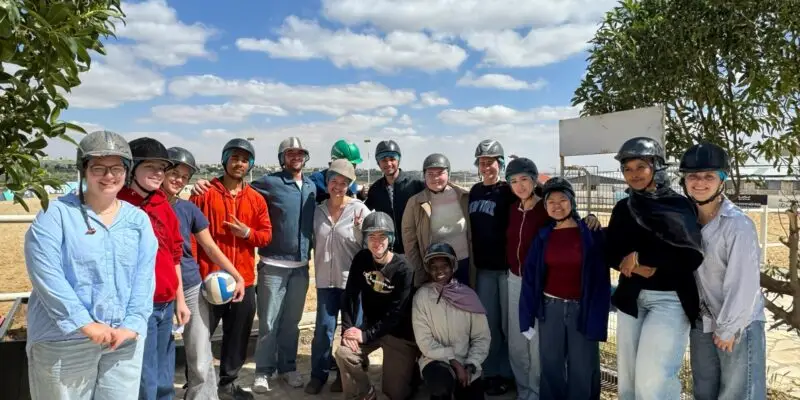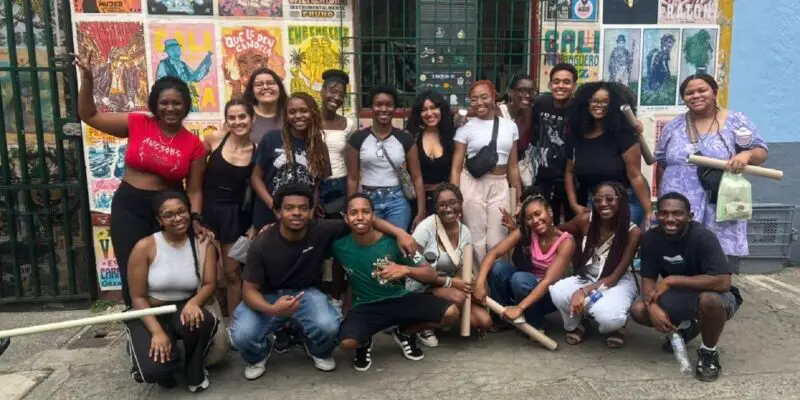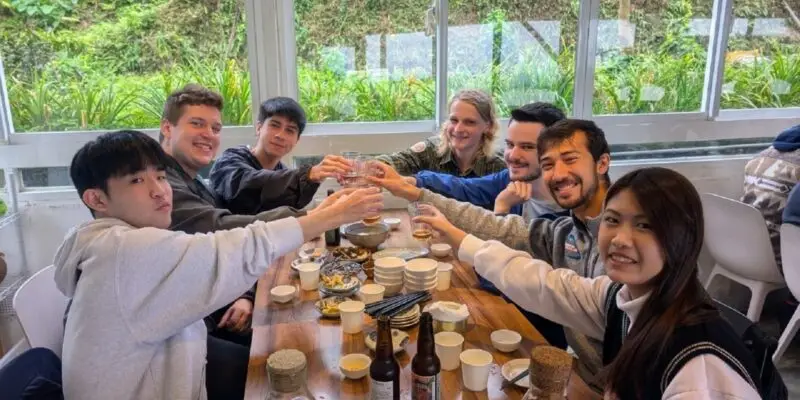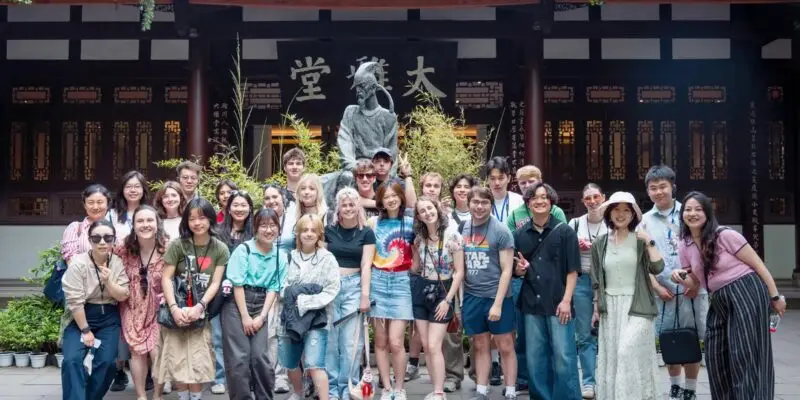
Piacere (Nice to Meet You), Firenze!
Photos taken by Avanee Dalmia (Brown University), Student Correspondent for CET Florence, Summer 2025 Villa Demidoff and Lunch in the Hills After settling in and orientation, CET organized

Relearning Chinese during my First Week in China
Photos taken by Kalina Sabala Montes (Yale University), Student Correspondent for CET Beijing, Summer 2025 Although I’ve been learning Chinese for the past five years, my first week

Getting to Know Tuscany: Long Lunches, Winding Streets, Homestay, Late Spring Greenery & More
Photos taken by Isla Cope (Brandeis University), Student Correspondent for CET Siena, Summer 2025 Lunch and Views: Orientation Week in Tuscany Snapshot of our multi-course Italian lunch (on

Week 1 Survival Guide: Just Say H(a)i
Written by Ilana Goldman (William and Mary), Student Correspondent for CET Japan, Summer 2025 My first week in Osaka was, affectionately, exhausting. From the moment I arrived at

Sunshine and Fun Times in Jordan!
Photos by Annette Honey Hochstadt, (American University), Student Correspondent for CET Jordan, Spring 2025 Saheel Riding Center CET took us on a lovely trip to Saheel riding

Springtime in Japan
Photos by Lucas Hong (Rice University), Student Correspondent for CET Japan, Spring 2025 Unique Souvenirs from Japan Sakura season is a beautiful but fleeting time in Japan, and

Hangzhou and Hebei
Written by Alice Chen (Wofford College), Student Correspondent for Middlebury in Beijing, Spring 2025 Reconnecting After Spring Break After everyone separated and traveled all around China for spring

Lessons I’ve Learned While Abroad in Cali, Colombia
Written by Jasbeth Medrano, (University of Texas at San Antonio), Student Correspondent for CET Colombia, Spring 2025 Everyone knows “All good things come to an end”, but

Afternoon Tea at Maokong, Taipei
Written by Isaac Frank (University of North Carolina at Chapel Hill), Student Correspondent for CET Taiwan, Spring 2025 “Melita, this is NOT downhill.” 40 of us CET students

Beijing in the Spring and Traveling to Chengdu
Photos taken by Paul Douglass (Yale University), Student Correspondent for CET Beijing, Spring 2025 Beijing in the Spring Beijing, like many cities in China, is filled with green